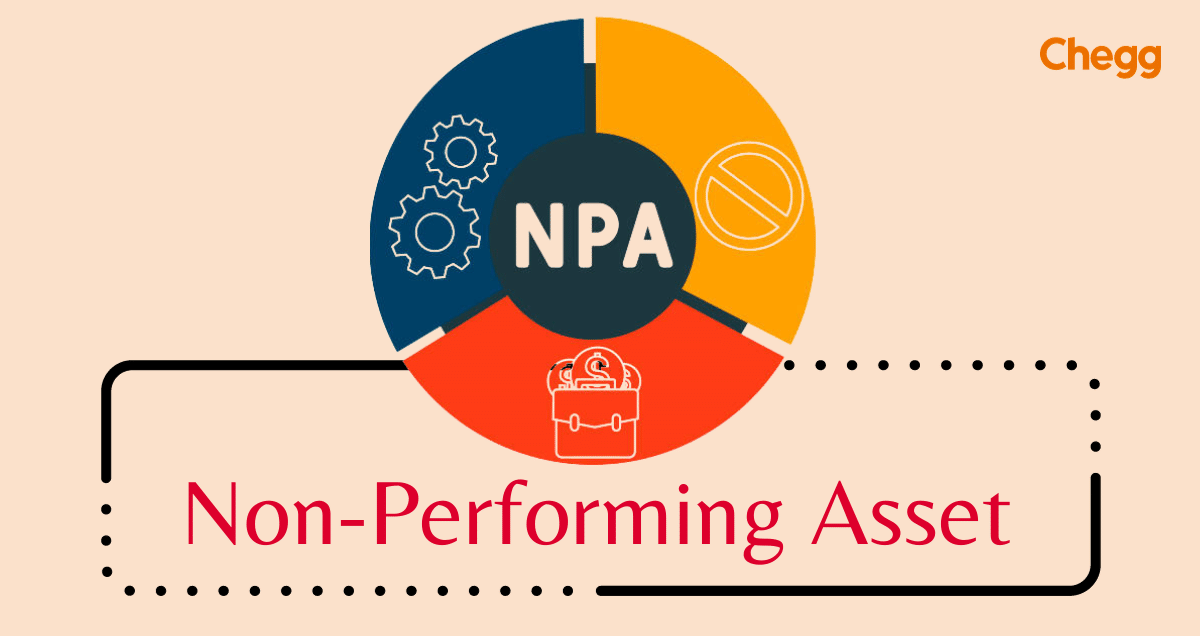The debt-snowball method is a strategy of debt reduction of debt help companies, whereby one who owes on more than one account pays off the account starting with the smallest balances initially, whilst paying the minimum disbursement on the larger debts. Once the smallest debt is paid off, one proceeds to the next slightly larger small debt above that, so on so forth, gradually proceeding to the larger ones at a later stage. Sometimes, this method contrasts with the debt stacking method, also called the “debt avalanche method”, where one pays off accounts on the highest interest rate initially.
Most often the debt-snowball method from the debt relief plans is applied to reimbursing revolving credit – such as credit cards. Under the method, extra cash is dedicated to disbursing debts with the smallest owed amount.
Debt-Snowball Methodology
The basic step-by-step procedure in the debt snowball method of debt help USA is as follows:
- List all debts in the ascending order arrangement from the smallest balance to the largest. This is the method’s most distinctive feature, in that order is determined by the owed amount, not the rate of interest charged. However, if two debts are very close in the amount owed, then the debt with the higher rate of interest would be moved above in the list.
- Commit to disburse the minimum disbursement on every debt.
- Ascertain how much extra can be applied in the direction of the smallest debt, as per the advice debt management
- Disburse the minimum disbursement in addition to the extra amount in the direction of that smallest debt until it is paid off. Note that some lenders (mortgage lenders, car companies) will apply extra amounts in the direction of the next disbursement; in order for the methodology to vocation, the creditors need to be in touch with and told that extra disbursements are to go directly in the direction of the principal reduction. Credit cards usually apply the whole disbursement during the current cycle.
- Once a debt is disbursed in full, add the old minimum disbursement (in addition to any extra available amount) from the initial debt to the minimum disbursement on the second smallest debt, and apply the new sum to reimbursing the second smallest debt.
- Repeat until all debts are paid in full.
Theoretically, by the time the final debts are reached, the extra amount paid in the direction of the larger debt will quickly grow, similar to a snowball rolling downhill gathering more snow (hence the name).
The theory works as much on human psychology; by disbursing the smaller debts first, the individual, couple, or family sees fewer bills as more individual debts are disbursed off, thus giving ongoing positive feedback on their progress towards eliminating their debt.
An initial home mortgage is not generally included in the debt snowball but is instead paid off as part of one’s larger fiscal plan. As an example, many financial plans disburse off home mortgages in a later step, along with any other debt which is equal to or greater than half of one’s annual take-home pay.
The issue of whether one should make retirement contributions during the debt reduction process is a matter of dispute amount the following proponents of this method:
- Some argue that all contributions are to be halted during the debt snowball, thus freeing up more money to disburse down the debt snowball.
- Others dispute this practice, citing the cost of compounding interest to be greater than the gains of paying off debt.
- Some compromise by arguing that retirement contributions ought to be reduced to just the minimum amount that the employer will match with an employee, but not eliminated outright.
- Many financial and wealth experts train that this halting of retirement contributions ought to last no more than two years.
Benefits
The primary benefit of the smallest-balance is the psychological benefit of seeing results sooner, in that the debtor sees reductions in both the number of creditors owed (and, thus, the number of bills received) and the amounts owed to each lender, as per the debt help services.
Retirement contributions ought to begin once your anticipated investment yield is higher than the next highest debt interest rate (generally 8% for a balanced portfolio).
According to an analysis by Northwestern’s Kellogg School of Management, researchers found that “consumers who tackle small balances initially are likelier to eliminate their overall debt” beyond attempting to disburse off high interest rate balances initially.
An analysis in the Harvard Business Review arrived at the same conclusion.
Research
Decision-making research has revealed that the debt-snowball method is a very common approach to the management of multiple debts, despite the larger debts having larger rates of interest. This tendency was observed in surveys of indebted consumers and in incentive-compatible experiments. Naturally, people make sure of the snowball method by disbursing off small debts initially, and this reflects pessimistically on their fiscal outcomes since they keep on paying off debts in an inefficient way. Moreover, it was found that restricting the participants’ ability to disburse off small debts outright actually helped them to reduce overall debt more quickly, by refocusing their attention on disbursing off high-interest debts. The natural tendency to disburse off small debts initially has been characterized to the appeal of objectives achievement that is near completion and the ability for multiple losses (e.g., debts) to be more distressing than a single loss of equivalent total value.
Conclusion
Debt snowball methodology is a technique that has been in practice by other organizations as well, such as Debt Free and Prosperous living as well as many others. The concept involves the acceleration of debt disburse-off from the smallest debt to the largest thereby forming a snowball effect on diminishing your debt.



Leave A Comment